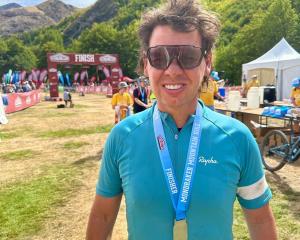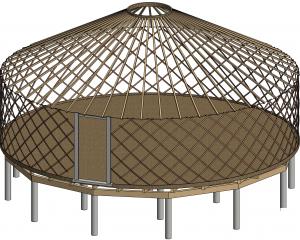The Dunedin-born artist presents ''Close to Home'', a collection of 52 colour photographs taken over the past five years, depicting people and places within a 50km radius of his house.
Dramatic Central Otago landscapes feature widely, in addition to eight portraits full of character of his neighbours and a series of studies of Blackstone Hill Cemetery, which dates back to the gold rush.
Arrowtown is also close to the artist's heart. The crib used by the Sydney family since the 1960s is still the site for family holidays and the village has been a second home since he was 12.
The self-described ''professional observer'' and ''painter first who takes photos on the way'' uses digital SLR cameras, but remembers producing his own film photographs in the darkroom he created out of his mother's kitchen as a boy.
''As I've got older, and I'm in my 40th year of full-time work, I've found I don't need to go far from home to find things that move me,'' Sydney said.
''That's down to a greater love of where you belong.''
People were gaining an appreciation of the beauty of Central Otago, where once it was regarded as little more than a wasteland, he said.
''One of the magnetic appeals of New Zealand is the patchwork of our separate regional landscapes and how close they are together.
''Living near St Bathans, we live with nature as our whole environment and become very sensitive to its seasonal changes - light, climate and mood changes, without having to travel very far.''
Asked if the proliferation of cameras cheapened the art of photography, Sydney said he did not promote himself as a great photographer, he did not digitally manipulate the outcomes and avoided taking images other photographers would.
''It's really important territory to think about because the cameras are so capable now and will present a perfectly acceptable technical picture,'' he said.
''That means it becomes harder to establish your own recognisable authorship.
''When all the basic competencies are provided by the machine, what have you got left to make it undeniably your own?
''You've got to show what it's like being you, not show you can be like someone else.''











